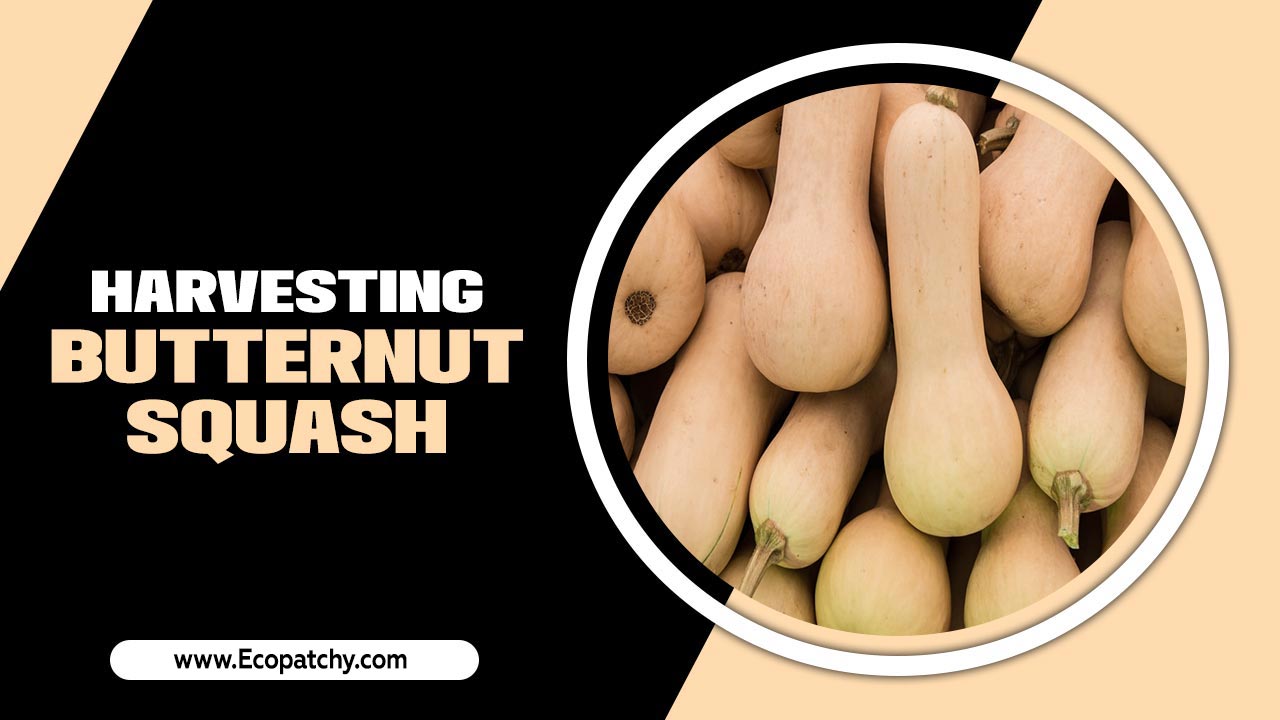Have you ever wondered how to care for aloe plants outdoors? These amazing plants do more than just look pretty. They can help heal cuts and keep your air fresh! But taking care of them can be a bit tricky.
Imagine having a green friend that needs just the right amount of sun and water. If you give your aloe plant what it needs, it can thrive and grow big! This article will show you the best ways to care for your aloe plant when it’s outside.
Did you know that aloe plants can store water for a long time? This means they can survive in hot weather. However, they still need your attention to stay happy and healthy. Want to know how to do it? Let’s dig in!
How To Care For Aloe Plant Outdoors: Essential Tips & Tricks Aloe Plants Are Renowned For Their Resilience And Beauty, Making Them A Popular Choice For Outdoor Gardens. However, Caring For Them Outdoors Requires Specific Knowledge And Techniques To Ensure They Thrive. In This Article, We Will Explore How To Care For Aloe Plants Outdoors Effectively, Discussing Essential Elements Such As Sunlight Exposure, Proper Watering Techniques, Soil Requirements, And Pest Management. Understanding Aloe Plant Requirements To Successfully Care For Your Aloe Plant Outdoors, It’S Crucial To Understand Its Fundamental Requirements: 1. **Sunlight**: Aloe Plants Thrive In Bright, Indirect Sunlight. While They Can Tolerate Direct Sun, Too Much Exposure Can Scorch Their Leaves. Aim To Provide Them With At Least Six Hours Of Indirect Sunlight Daily. 2. **Soil**: Aloe Plants Prefer Well-Draining Soil. A Mixture Of Potting Soil And Sand Or Perlite Can Create The Ideal Environment. This Prevents Water From Accumulating Around The Roots, Which Can Lead To Rot. 3. **Watering**: One Of The Most Critical Aspects Of Caring For An Aloe Plant Outdoors Is Ensuring Proper Watering. Allow The Soil To Dry Completely Between Waterings. During The Summer Months, You May Need To Water Once Every Couple Of Weeks, While In Winter, Monthly Watering Is Often Sufficient. 4. **Temperature**: Aloe Plants Are Best Suited For Warmer Climates. They Generally Thrive In Temperatures Between 60°F (15°C) And 75°F (24°C). Protect Them From Frost And Cold Winds During The Winter Months. Outdoor Placement Tips When Deciding Where To Place Your Aloe Plant Outdoors, Consider The Following Tips: – **Choose The Right Spot**: Look For A Location That Receives Ample Sunlight But Also Has Some Shade During The Hottest Parts Of The Day. – **Elevate The Pot**: If Your Aloe Is In A Container, Ensure The Pot Is Elevated Off The Ground To Improve Drainage And Airflow Around The Roots. Pest Management Outdoor Plants Can Be Susceptible To Pests, So It’S Essential To Monitor Your Aloe For Signs Of Insect Infestations. Common Pests Include Aphids, Mealybugs, And Spider Mites. Here Are Some Methods For Managing Pests: – **Manual Removal**: For Small Infestations, Gently Wipe The Affected Areas With A Damp Cloth To Remove Pests. – **Insecticidal Soap**: If Pests Persist, Consider Using A Diluted Insecticidal Soap To Treat The Plant, Following Package Instructions Carefully. Fertilization Aloe Plants Have Low Fertilizer Requirements. However, If You Want To Encourage Growth, You Can Fertilize Sparingly: – Use A Balanced, Water-Soluble Fertilizer During The Growing Season (Spring And Summer) Every 4-6 Weeks. Conclusion Caring For An Aloe Plant Outdoors Involves Understanding Its Specific Needs And Providing An Environment Where It Can Flourish. By Ensuring Adequate Sunlight, Proper Soil, Appropriate Watering, And Vigilant Pest Management, You Can Enjoy The Beauty And Benefits Of Your Aloe Plant For Years To Come. Happy Gardening!

How to Care for Aloe Plant Outdoors
Caring for your outdoor aloe plant can be simple and rewarding. First, choose a spot with plenty of sunlight. Aloe loves basking in bright, warm light! Water it every few weeks, allowing the soil to dry in between. Did you know that overwatering can harm this hardy plant? Protect it from frost, as cold temperatures can hurt its leaves. With a little attention, your aloe will thrive and may even produce lovely flowers!Choosing the Right Location
Importance of sunlight for aloe plants. Ideal soil conditions and drainage needs.Finding the right spot for your aloe plant is key to its happiness. First, these sun-loving guys crave sunlight. Aim for a place with 6 to 8 hours of bright light each day. Too little sun? Your aloe might throw a hissy fit and get leggy. Also, remember that good soil is super important. It should be well-draining, so water doesn’t pool and drown your plant. Think of it like a sandy beach where your aloe can hang out!
| Feature | Ideal Condition |
|---|---|
| Sunlight | 6-8 hours daily |
| Soil Type | Well-draining |
Watering Techniques
Understanding the watering schedule for outdoor aloes. Signs of overwatering and underwatering.Watering your aloe plant is like giving it a drink on a hot day—you want to do it right! For outdoor aloes, wait until the soil is almost dry before you water again. Check the moisture by sticking your finger in the soil; if it feels dry, it’s time. But beware! Too much water can lead to sad, soggy leaves. Overwatering might make your aloe look droopy, while underwatering can make it shrivel like a raisin. Here’s a simple guide:
| Watering Signs | Action |
|---|---|
| Leaves are yellow or mushy | Cut back on water! |
| Leaves are shriveled | Give it a drink! |
Soil Requirements
Best soil types for aloe plants. How to create a welldraining potting mix.Good soil helps your aloe plants grow strong. They need soil that drains well. The best choices are sandy or slightly gritty soils. These types don’t hold water, which keeps the roots healthy.
To make a great potting mix for your aloe:
- Mix one part potting soil
- Add one part sand
- Include one part perlite or pumice
This mix keeps the soil light and airy. Your plant will love it!
What soil is best for aloe plants?
The best soil is well-draining and slightly gritty. Sandy soil helps keep the roots safe and healthy.
Fertilization Practices
Recommended fertilizers for outdoor aloes. Frequency and timing of fertilization.Giving your aloe plant the right food is like giving it a tasty snack! Use a balanced fertilizer, like a 10-10-10 mix, every 4 to 6 weeks during the growing season. If your aloe had a funny face, it would probably be saying, “Feed me!” Avoid feeding in winter, when it’s cozy and sleepy. Check out the handy table below for more info:
| Fertilizer Type | Recommended Usage | Timing |
|---|---|---|
| 10-10-10 Liquid | Every 4-6 weeks | Spring to Summer |
| Slow-Release Granules | Every 3 months | All year |
Remember, too much fertilizer can be a diet disaster for your plant. Keep it simple and watch your aloe thrive!
Pest and Disease Management
Common pests that affect outdoor aloe plants. Identification and treatment of diseases.Outdoor aloe plants can face threats from pests and diseases. Common pests include aphids and mealybugs. Aphids can make your aloe sticky and yellow. Mealybugs look like tiny white cotton balls on leaves. To treat these pests, use soapy water or neem oil.
Diseases can also harm your plant. Root rot is caused by overwatering. If leaves turn brown and mushy, check the roots. Remove bad roots and repot in dry soil. Keep your cactus healthy and watch for signs of trouble!
What are common pests affecting aloe plants?
Common pests include aphids, mealybugs, and fungus gnats.
How can diseases be identified in aloe plants?
Check for yellow leaves for illness, brown roots for rot, and soft spots for infection.
Winter Care for Aloes
Preparing aloe plants for colder months. Tips for protecting aloes from frost.As winter approaches, it’s important to help your aloe plants stay safe. These plants do not like cold weather. Prepare them by bringing them indoors or covering them if left outside. Here are some tips to protect your aloes:
- Move plants to a sheltered spot.
- Cover them with cloth during frost nights.
- Reduce watering since the aloe will need less moisture.
- Check for pests often. They love hiding in winter!
Your aloe plants can thrive even in the cold with some care. Keep an eye on them, and they will reward you in spring!
How can I protect my aloe plants from frost?
To protect your aloe plants from frost, cover them at night with a blanket or cloth. Moving them indoors is the best option when it gets too cold. Regular checks for pests will also help keep your plants healthy.
Propagation Methods
Techniques for propagating aloe plants outdoors. Timing and conditions for successful propagation.To share your love for aloe plants, try propagating them! Use leaf cuttings or offsets for easy success. Cut a leaf close to the base and leave it to dry for a few days. This helps it heal and reduces rotting. For offsets, gently separate baby plants from the main one. Timing is key too! Spring or early summer is perfect because aloe loves warm weather. Just think of them as little plant superheroes, ready to grow! 🌱
| Propagation Method | Best Time | Tips |
|---|---|---|
| Leaf Cuttings | Spring/Summer | Let cut dry for a few days. |
| Offsets | Spring/Summer | Gently separate baby from the mother plant. |
Remember, patience is key! Your new aloe buddies will thrive with a little love and care.
Additional Tips for Thriving Aloes
Companion planting ideas for outdoor gardens. Seasonal care adjustments for optimal growth.Companion plants can make your aloe thrive. For outdoor gardens, consider planting aloes with roses or lavender. They help each other grow while keeping pests away.
Adjust care based on the season. In hot months, water more often, but in winter, reduce water. Always check the soil moisture before watering.
What plants work well with aloes?
Roses and lavender are great partners. They share similar sunlight and watering needs, supporting each other’s growth.
Seasonal Care Tips
- Summer: Water regularly; watch for pests.
- Winter: Cut back watering; protect from frost.
Conclusion
Caring for your aloe plant outdoors is easy and rewarding. Make sure to give it bright sunlight and well-draining soil. Water it sparingly, especially in cooler months. Protect it from extreme weather. Check for pests regularly. By following these steps, your aloe can thrive. For more tips, explore gardening websites or ask local gardeners for advice!FAQs
What Are The Ideal Growing Conditions For An Aloe Plant In An Outdoor Environment?Aloe plants love warm, sunny spots. They need about six hours of sunlight each day. Make sure the soil drains well so water doesn’t sit around the roots. Water your aloe only when the soil is dry to the touch. Protect it from cold weather and frost.
How Often Should I Water My Outdoor Aloe Plant, And What Signs Indicate It Needs More Or Less Water?You should water your outdoor aloe plant about every two to three weeks. Make sure the soil is dry before watering. If the leaves turn brown or shrivel, it needs more water. If the leaves feel mushy, it might be getting too much water.
What Type Of Soil Is Best For Planting Aloe Outdoors, And How Can I Improve Drainage?Aloe plants like sandy or rocky soil. This type keeps water from sitting around their roots. To help with drainage, you can mix in some sand or small pebbles. This will make the soil lighter and airier. You can also plant aloe in a pot with holes at the bottom!
How Can I Protect My Aloe Plant From Pests And Diseases While It’S Growing Outside?To protect your aloe plant from pests and diseases, check your plant often. Look for any bugs or spots on the leaves. You can gently wash the leaves with water to clean them. If you see pests, you might use soap water to remove them. Also, keep the plant in a sunny spot to help it grow strong and stay healthy.
When Is The Best Time To Plant An Aloe Plant Outdoors, And How Can I Prepare It For Seasonal Changes?The best time to plant an aloe plant outdoors is during the warm months, like spring or summer. This is when the weather is nice and sunny. To prepare for seasonal changes, make sure to keep the soil well-drained. If it gets too cold, you can move your aloe plant inside. Always check the weather to protect it from frost!








